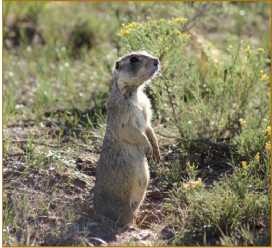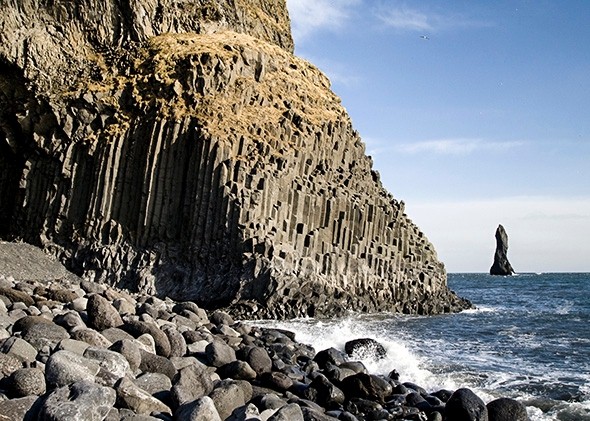NEW FLASHER WRASSE SPECIES DISCOVERED IN INDONESIA

Source: http://bigstory.ap.org/article/new-flasher-wrasse-species-discovered-indonesia This photo taken on July 28, 2013, released by the Conservation International, shows a new fish of the flasher wrasse species, in Indonesia. A new fish of the flasher wrasse species with striking orange color and rounded fins has been found in Indonesia's coral reefs, a conservation group announced Wednesday, Nov. 13, 2013. ...
Climate Change: Abrupt, Unpredictable, Irreversible and Highly Damaging

Source: http://billmoyers.com/2014/03/19/climate-change-abrupt-unpredictable-irreversible-and-highly-damaging/ In a rare move, the world’s largest scientific society released a report nudging the public to wake up to the scientifically sound and increasingly frightening reality of climate change. “As scientists, it is not our role to tell people what they should do or must believe about the rising ...
Do These Bubbles Signal the Start of Rapid Climate Change?
Source: http://billmoyers.com/2014/08/08/do-these-bubbles-signal-the-start-of-rapid-climate-change/ First it was mysterious craters appearing in Siberia — possibly the result of theEarth belching methane as permafrost thaws and collapses. Then scientists observed methane gas bubbling to the surface from the sea floor in the Arctic Ocean, where for eons it lay trapped in a flammable slush. The researchers ...
Protecting Black-Footed Ferrets and Prairie Dogs Against Sylvatic Plague

Scientists at the USGS National Wildlife Health Center (NWHC), in collaboration with colleagues at other federal agencies and the University of Wisconsin, are developing and testing vaccines that can be used to protect black-footed ferrets and prairie dogs against plague. The black-footed ferret is commonly regarded as the most endangered mammal in North America, and sylvatic plague is a major impediment to ...
A new project stashes carbon dioxide in the form of minerals

By Andy Extance Lava columns and sea stacks in Iceland. Photo by Ben Husmann/Flickr Creative Commons This article originally appeared in New Scientist. How can we get rid of excess CO2? Geologist Juerg Matter of the University of Southampton, U.K. is a principal investigator of the Iceland-based project CarbFix, whose recent results show it has safely stored nearly ...
